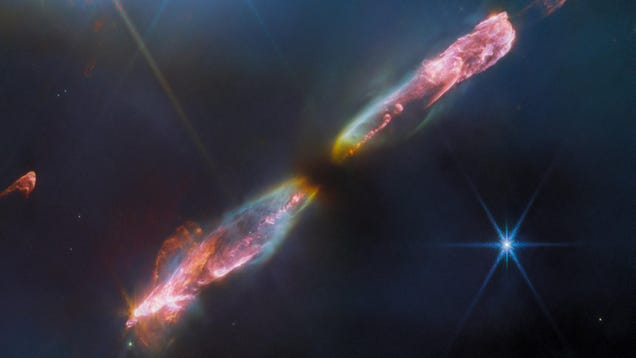
Space and the deep ocean have several commonalities, but perhaps the most obvious is the existence of structures that make you say “what the heck is THAT?”

Space and the deep ocean have several commonalities, but perhaps the most obvious is the existence of structures that make you say “what the heck is THAT?”
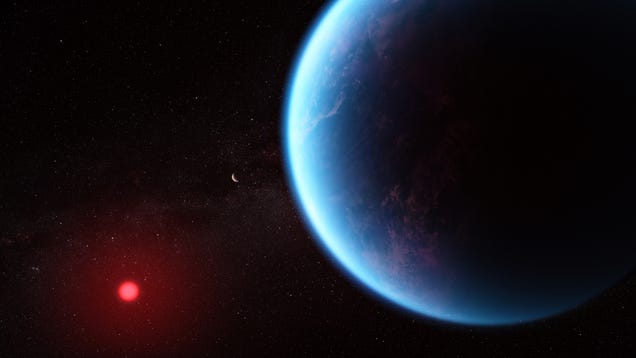
The Webb Space Telescope recently turned its focus to a nearby exoplanet and found that it may be a Hycean world, or a world completely covered in a single global ocean, and with a hydrogen atmosphere. And what’s more, the telescope detected a possible detection—note, possible detection, of dimethyl sulfide, a…
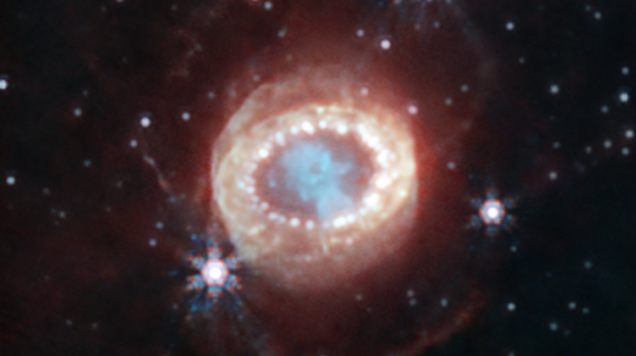
The Webb Space Telescope recently imaged Supernova 1987A (SN 1987A), one of the brightest supernovae in the night sky and the nearest observed in centuries, according to NASA.
A team of researchers scrutinizing the Extended Groth Strip, a region of space between the constellations Ursa Major and Boötes, saw fewer growing supermassive black holes and less dust than they expected.
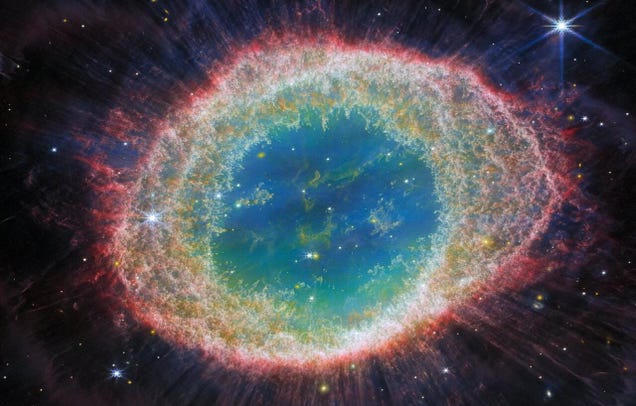
The Webb Space Telescope recently imaged the Ring Nebula with its two primary imagers, revealing the gaseous formation in never-before-seen detail.
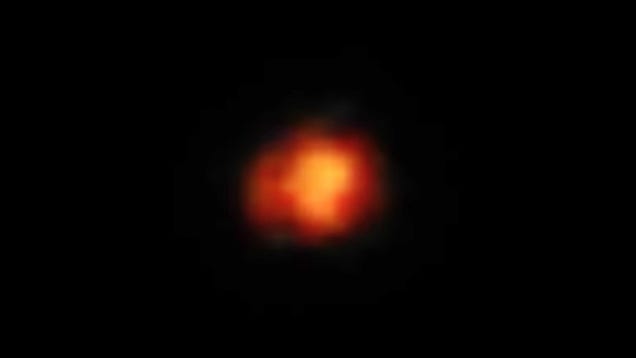
A galaxy first seen in a massive Webb Space Telescope deep field image a year ago is one of the earliest ever spotted, according to a team of astronomers that reviewed imagery of the structure.
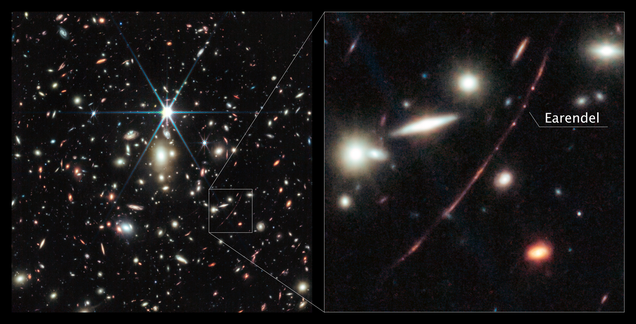
Researchers have trained the unrelenting gaze of the Webb Space Telescope on Earendel, the most distant star ever detected, revealing the star’s color and a potential companion star.
NASA, ESA, CSA. Image Processing: Joseph DePasquale (STScI)
NASA, ESA, CSA, JWST Ring Nebula Team photo; image processing by Roger Wesson
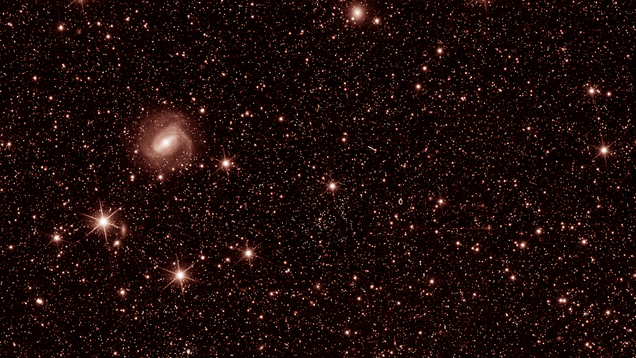
The European Space Agency’s Euclid mission took over 11 years to get off the ground (and Earth), but now the nascent space observatory has produced its first test images of the cosmos.